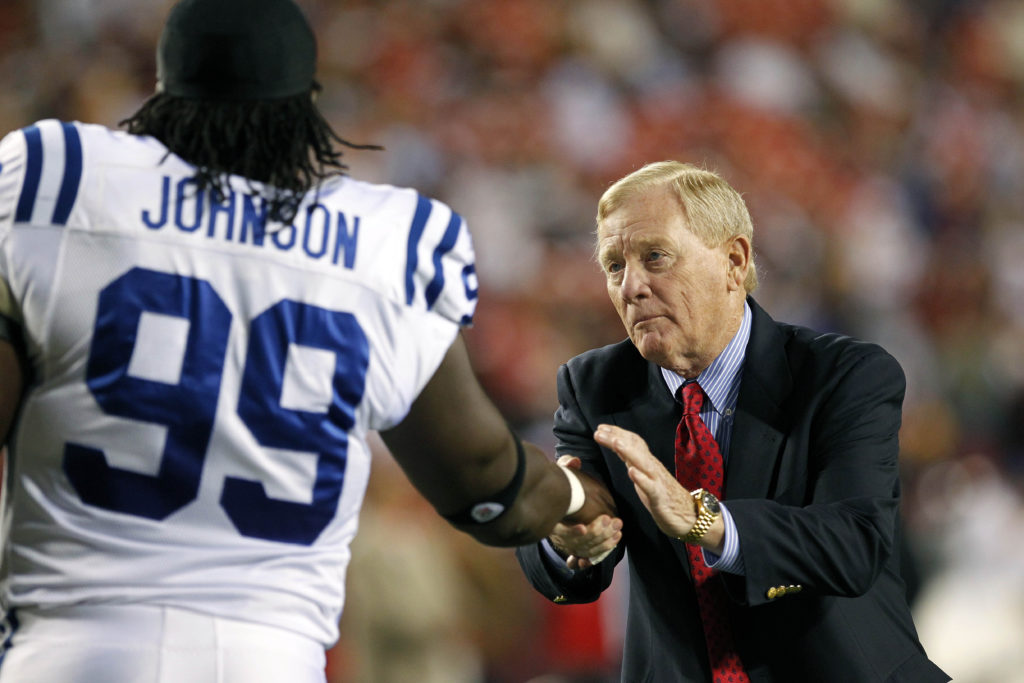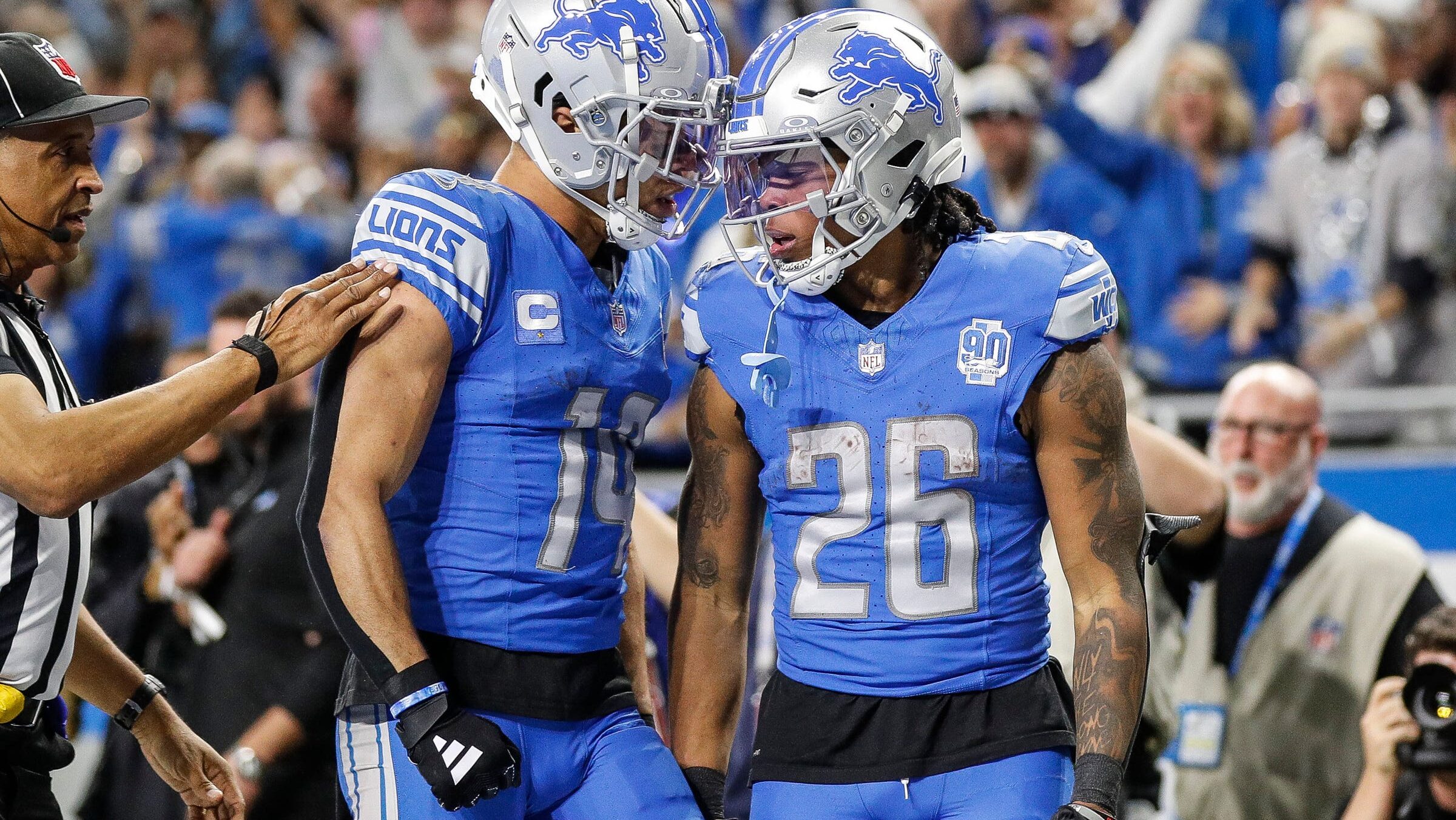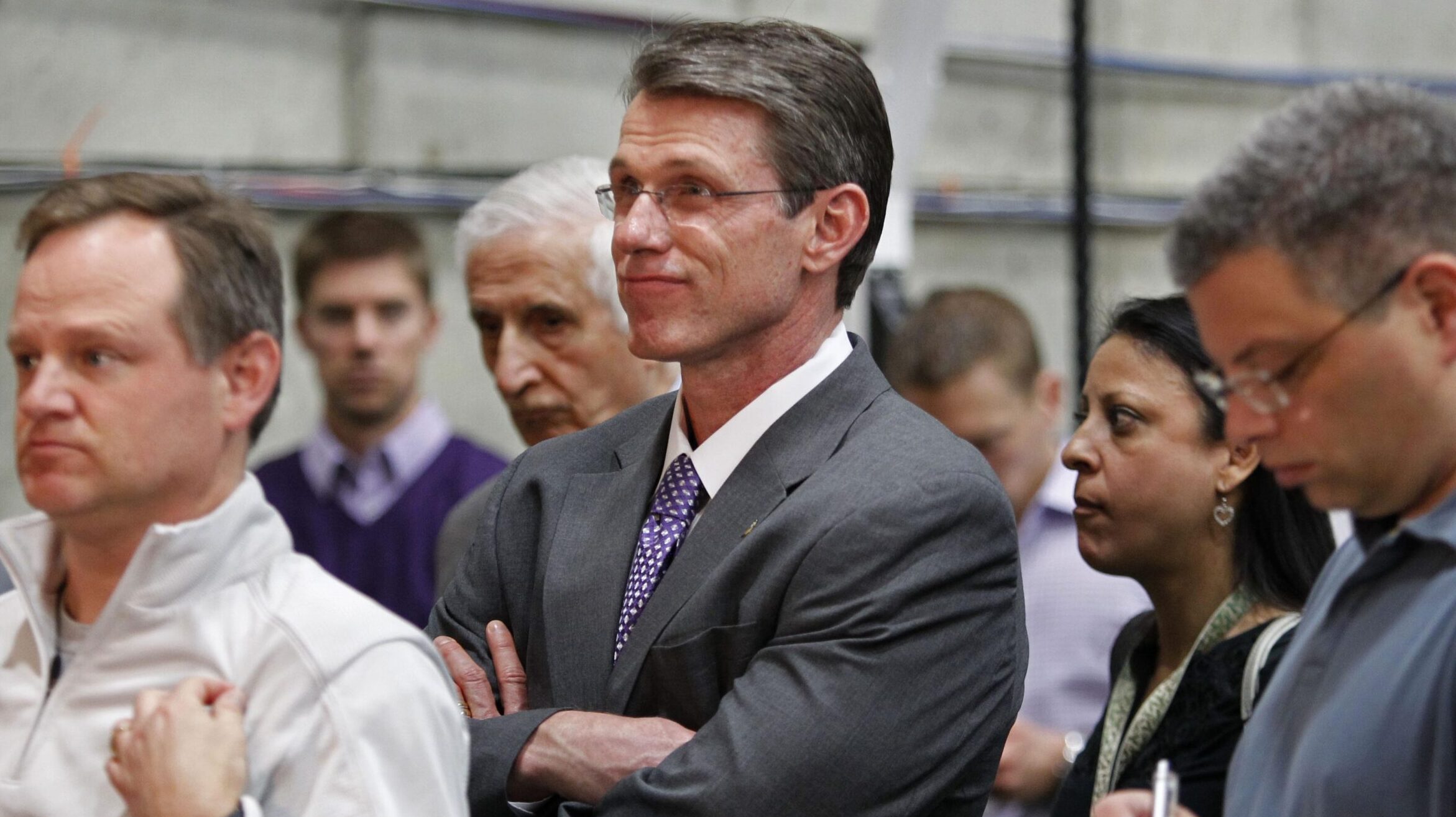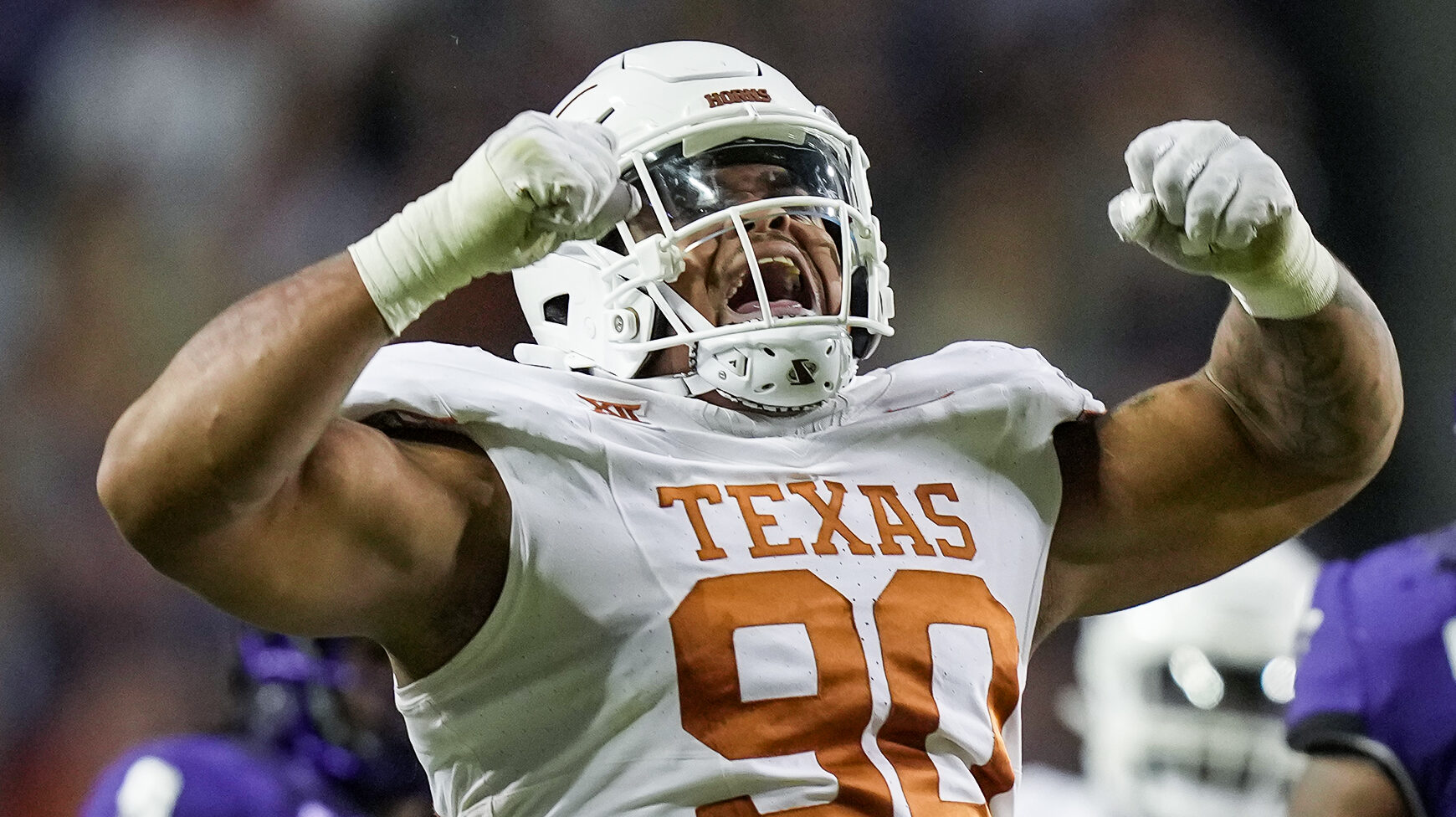Expert Analysis
8/28/22
7 min read
Exploring the Many Layers of Cutting NFL Rosters to 53 Players

No explanation of the cut to 53 is possible without first explaining the categories of eligibility in which players must be placed to define their regular-season eligibility and pay status.
The following is a short description of those categories:
Active: The player is on the 53-man roster. He’s eligible to play, which is modified only by whether he’s part of the 48-man game-day roster.
Reserve injured: If the player is placed on IR prior to the cutdown to 53, he’s ineligible to play or practice for the entire regular season, including playoffs. If he’s on the active roster 24 hours or more after the cut to 53, he may be on reserve injured and brought back to the active roster at any time during the regular season or playoffs. In order to come back, he must be designated as active before beginning practice. Players on IR receive their contracted game-day pay.
Reserve suspended: If a player is suspended for a violation of league rules, he’s ineligible for the length of that suspension. He’s not paid his game-day salary and is not counted against the 53-man roster. The Cleveland Browns will place Deshaun Watson, who faces an 11-game suspension for violation of the NFL’s personal conduct policy on this list at the cut to 53.
As we cut the squad to 53, players being released are placed on waivers for 24 hours. The entirety of their contracts may be claimed by any other team. The order of claim preference is the same as the order of the previous draft until Week 3 of the regular season.
If a player is unclaimed, his contract is terminated, and he becomes a free agent and can sign with any team, including the one that just waived him. He may be signed for the active roster or, if eligible, to the practice squad.
The Process of Making Cuts
Now that you have an overview of the rules, let’s dive into the process of making final cuts. I’ll use our specific protocols with the Indianapolis Colts as an example. Other NFL clubs might do things a little differently, but the task for every team is the same—to put the best possible team it can on the field.
The participants in this exercise are the head coach and his assistant coaches, the general manager, the assistant GM, the pro personnel director and pro scouts. Team physicians, the head athletic trainer and salary cap executives have informational roles but no decision-making authority.
The college scouts are on the road covering their territories and are not heavily involved in this process. The owner is kept abreast of all discussions and resulting decisions. He, of course, can interject his opinion at any point and have the final say.
Starting with the first preseason game, coach Tony Dungy would meet with the coaching staff after each game. I sat in on those meetings, mainly to listen and take notes. Each coach would rank the players at his position, noting those who could help us and those who couldn’t. Obviously, we weren’t going to cut Peyton Manning, so the emphasis was on backups and new players.
After meeting with the coaches, I would go through the very same drill with the assistant GM, the pro personnel director, the college personnel director and pro scouts.
Each week, after getting this group input, Tony and I would meet and decide which up-and-coming players would get additional playing time in the next preseason game. Our veteran starters would play sparingly in early preseason games and not at all in the last one. Consequently, our cut to 53 was largely uneventful. We gave backups and young players so much preseason exposure and evaluation, that the team essentially cut itself.
Making the Hard Decisions
The most difficult decisions involved what to do with injured players. We could place them on IR before the cut to 53, which necessitated losing them for the entire season. The alternative was to “carry them down” (i.e. put them on the final 53), have the waiver period expire, and then place them on IR. Going that route ensured access to them, once they were healthy, during the regular season. The downside was it also exposed players we wanted to keep to waivers.
To deal with this dilemma, we would usually expose a veteran backup to waivers in order to carry down an injured player we wished to bring back. We exposed the veteran backup, as opposed to a lower-salaried rookie, because veteran players’ contracts are fully guaranteed for that season if they are on the roster for the opening game.
We would gamble that those vets would pass through waivers and be available to us in non-guaranteed status, beginning with regular season Week 2. The net result was we did not expose promising young players to waivers and kept as many injured players as we thought would help our team while losing very few of the waiver-exposed veteran backups.
The Waiting Game with Claims
While Tony, the coaches, the personnel execs and I were occupied with the cut process, the pro scouts were assembling their claim list. The list was comprised of players from the other 31 clubs they felt could help us if they were released.
Tony and I met with every player who was going on waivers. After we finished that difficult task, we would go immediately to the “claim board” to discuss those players we wished to claim. We’d put them in priority order and decide who they would replace if we got them.
For 12 of the 14 years we were in Indianapolis, we were very low in the claim priority because we were almost always a playoff team. As a result, we made lots of claims but rarely were awarded a player.
One we were awarded was Ryan Lilja, who was cut by the Kansas City Chiefs. He ended up being a two-time Super Bowl starter for us at guard. Lilja is the prime example of why the pro scouts work so hard to grade players on every other team in the league even though the odds of getting one are low.
When you are low in the claiming priority and interested in filling a dire need with a player from another club, a preseason trade is the only sure way of getting the player you want.
The entire process would take us from 7 a.m. until about 3:30 p.m., a half-hour from the league deadline for the submission of the cuts. At that point, we would have approximately an eight-hour wait until we knew who cleared waivers and who might be awarded to us on claims.
Only after adding the claimed player(s) and making concomitant cuts to create the roster space for them would the 53-man roster be "final." At least for one week.
The following day, the coaching staff would begin planning for our opening day opponent and the personnel staff would begin putting the practice squad together. (Practice squad rules of eligibility are complicated, and we’ll discuss those in a future post.)
If this sounds like a long 17 hours, it is. However, it is the last chance, save for a rare blockbuster in-season trade, for you to dramatically improve your club.
As told to Vic Carucci.







